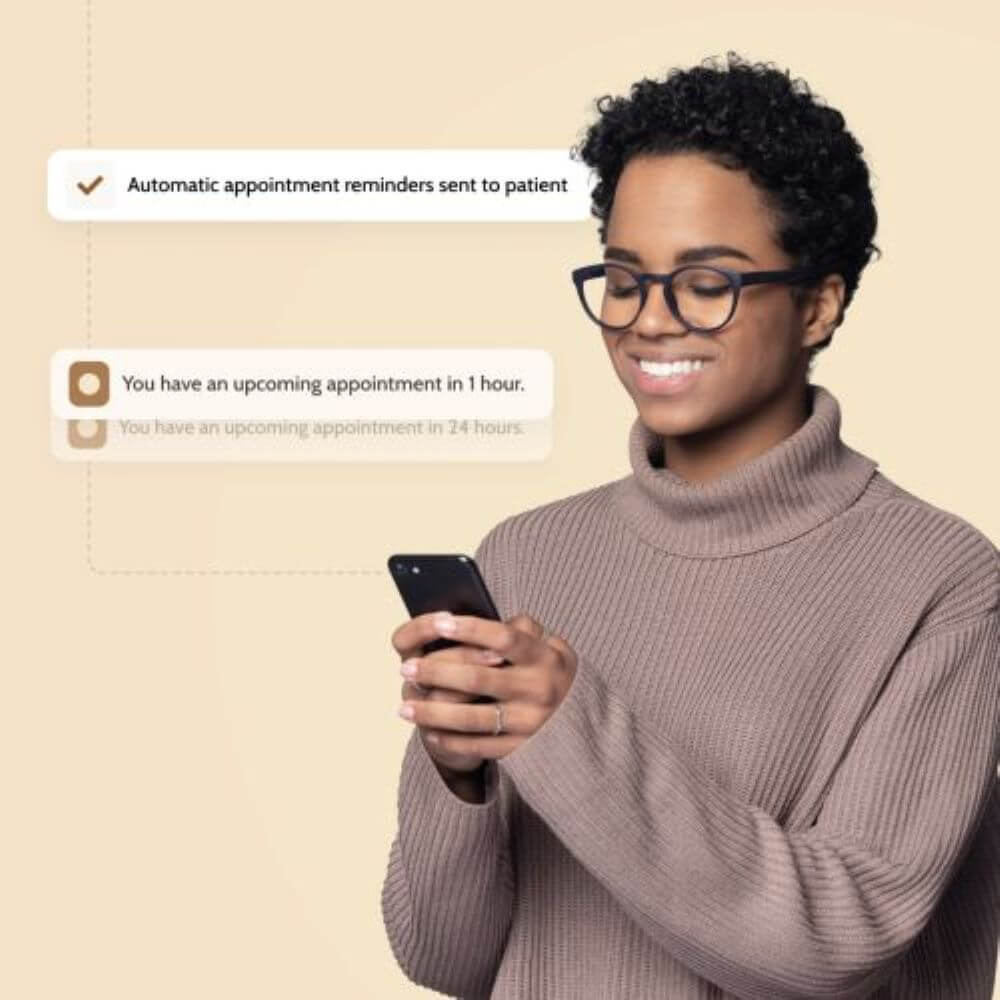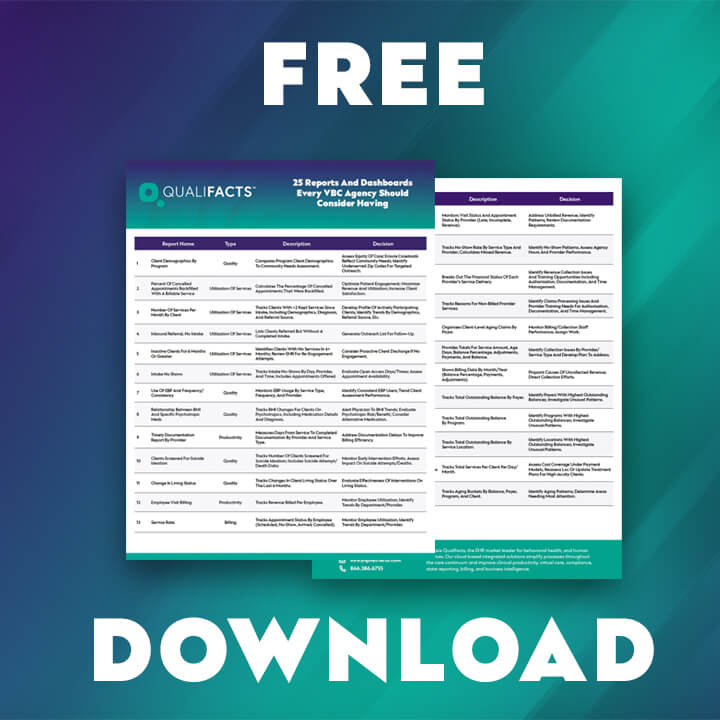Free RFP Template & Guide
Choosing the right EHR is crucial for the success of your behavioral healthcare organization. Our free RFP template empowers you to identify and prioritize your critical needs, compare vendors effectively, and select the best solution. Don’t let technology hinder your goals; maximize your EHR investment.
Fill out the form below to receive the RFP template.
The Technology Selection Process
When creating the functionality checklist, it is good practice to create a model of scoring and weighting. This allows items that are of higher importance to get a higher score. An example of a scoring matrix is below:
| EHR RFP Weighting Tool | Weight Assigned | |
| Weighting | 1=nice to have; 2=important; 3=very important | 1, 2, or 3 |
| A. Overall Individual Demographic Information | ||
| A1. | Standard & Program Specific Individual Demographic Data | 1 |
| A2. | Alias & Previous Name Support | 3 |
| A3. | Individual Photo | 2 |
| A4. | Discharge Planning & Referral Tracking | 3 |
| A5. | Family & Relationship Tracking | 1 |
From the example above, if each one of these items is included in the software, then the weighted score will provide greater importance to the items marked as a 3.
The demonstration process is a vital part of evaluating an EHR solution. There are typically two phases to demonstrations. Procurement committees should be prepared to participate in all demonstrations to ensure evaluation continuity.
- Initial demonstrations – overview of the solution, user experience, and functionality.
- Secondary demonstration(s) – customized demonstration designed to represent how an organization like yours would experience the solution.
- Demonstrations span phase 4 and phase 5 of procurement.
Initial demos are short overviews of the system that the team is considering. The first demo should include all the members of the procurement team and other representatives from the EHR company. These first demos should be approximately two (2) hours in length and will provide the team with an overview of the user experience and the broad reach of functionality. To ensure continuity of the evaluation, all members of the procurement committee must participate fully in initial and follow-up demonstrations. Depending on the findings from that final demo, finalists will be asked to participate in the next stage of vendor selection.
The vendors who pass the first demo should be invited to complete a second demo, which is longer and more detailed than the first. For this second demo, the vendors should be provided with specific scenarios to set up in their software. Provide the vendors who make it to a second demonstration with the same scenarios to all participating companies. The EHR Scorecard, with prioritized functionality and workflows, is a good source for determining what to ask your prospective partners to demonstrate. The procurement team and the leadership stakeholders should participate in this second demo. Secondary demonstrations will be longer, often consisting of one to two full days of meetings. Demonstrations should be scheduled close together to minimize team downtime and facilitate timely solutions comparison.
TIP – As you are planning your project timeline, consider the cadence of your organization to ensure that you will have the appropriate focus of the team and leadership during the demonstration process.
Peer recommendations or references from similar organizations are an essential part of the final selection phase. Hearing from a peer that their implementation process was seamless or that the company was a good partner for them is a strong indicator of the experience that the evaluating organization may have.
During the RFP or selection process, ask your vendors to provide contact information from organizations that are using their products and are similar in business scope or geographic location as your organization.
When checking references and talking to your peers, it is best to be prepared with specific questions about the experience of working with that vendor. In addition to the peer’s experience with the vendor, other items that should be explored are below.
Their experience with:
- Contract negotiation
- Implementation
- Training
- Submitting tickets to the help desk
- Onboarding new users
- Participating in user groups and communities
- Delivery of roadmap functionality
- Day-to-day performance and reliability
- Access to experts and leadership for continuous improvement and strategic discussions
Interested in our Capabilities?







